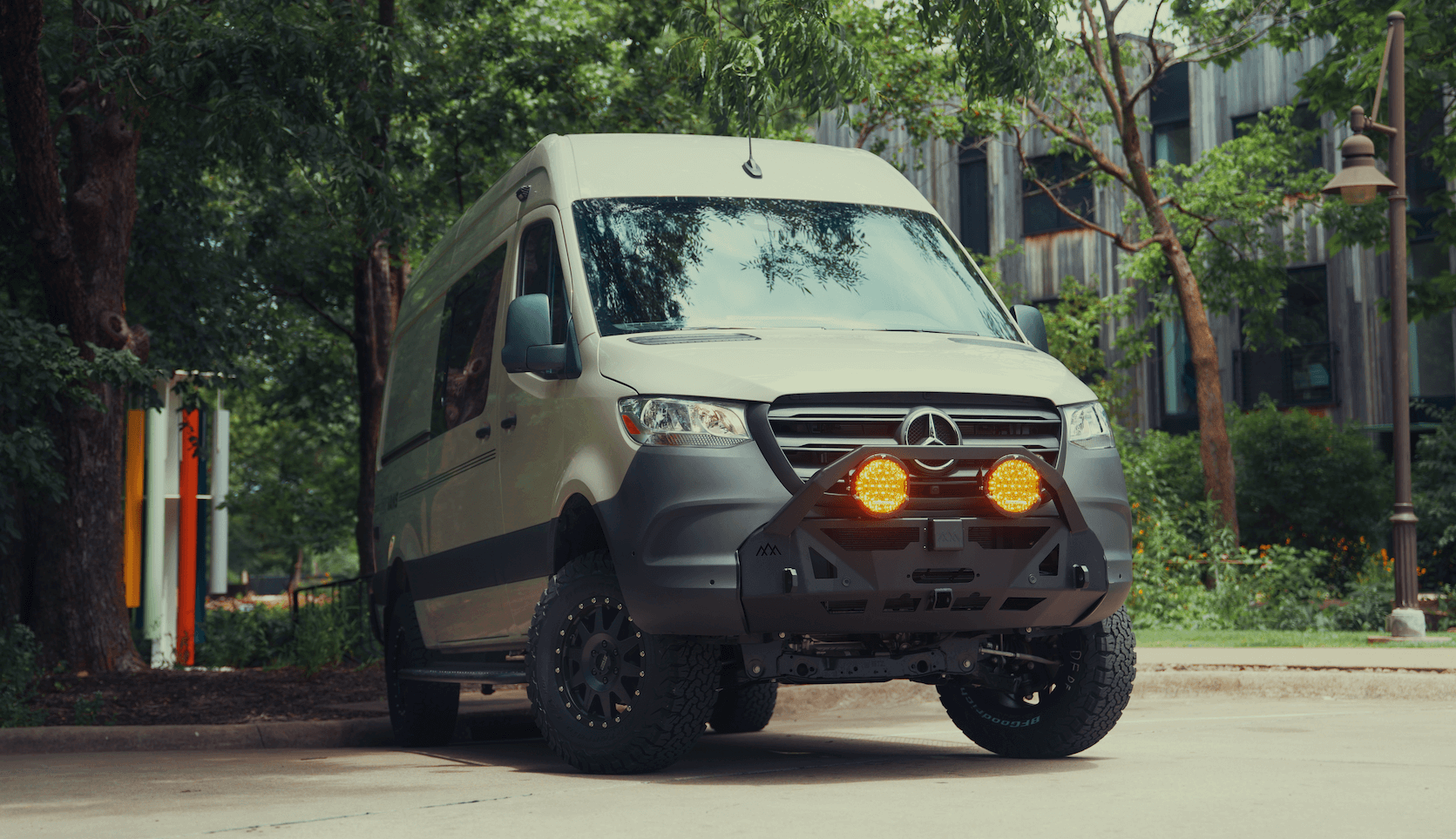Recreational Vans

Every mile you drive is potential energy for your home on wheels. Van alternator charging taps the engine driven alternator to replenish a house battery bank, reducing generator time and easing dependence on shore power. When set up correctly, it offers fast charging at road speed, predictable behavior in varied weather, and dependable starts the next morning. The key is matching the charger to the battery chemistry and protecting the alternator from sustained heavy loads. That balance turns daily driving into a dependable power source.
Traditional voltage sensing isolators simply connect the starter and house batteries when the engine raises system voltage. They work with basic flooded or AGM batteries on older vans that hold steady alternator voltage. Modern vans often use smart alternators that vary voltage to improve efficiency and reduce emissions. In those vehicles, isolators can undercharge or overtax components. A DC to DC charger solves this by regulating current and delivering a correct multi stage profile for lithium or AGM, independent of alternator voltage swings.
Start with alternator rating, then account for vehicle loads and heat. Many builders select 20 to 60 amps for small systems, while larger banks may justify higher current provided the alternator and wiring can handle the duty cycle. Bigger is not always better. Continuous current for long highway stretches can overheat an undersized alternator. Aim for a conservative fraction of alternator output, consider ambient temperatures, and verify manufacturer duty ratings.
Lithium iron phosphate batteries accept high current and have a specific charging profile that benefits from staged voltage control. A DC to DC charger configured for lithium prevents overvoltage, respects absorption times, and avoids float when the bank is full. Place a main fuse or breaker within inches of both the starter battery feed and the charger input, and another on the charger output near the house side. Use marine grade cable sized for voltage drop under sustained current, route negatives thoughtfully, and protect all passes through firewalls with grommets.
Smart alternators may require an ignition feed, D plus signal, or dedicated engine run line to ensure the charger only activates when the engine is actually running. Voltage sensing alone can misbehave with vehicles that sleep their control modules. Always verify trigger logic to avoid draining the starter battery when parked.
At idle, alternators shed less heat and make less power. Long idling can push temperatures up while delivering modest charge rates. Highway driving is ideal for alternator charging. For heavy energy use or big lithium banks, consider a conservative charge rate or a secondary energy source like solar to share the load.
Clean routing, firm strain relief, and protected terminations make the difference between a tidy, quiet system and a noisy gremlin that drains batteries. Label everything. Keep high current cables clear of moving parts and heat. Use proper crimp tools and test voltage drop under load. Finally, confirm that the charger disables when the engine stops so your starter battery remains full.
Alternator charging touches critical vehicle systems. If you want reliable off grid power without drama, a professionally designed and installed system pays dividends in safety, efficiency, and long term battery health.
If you want an integrated van power system that charges while you drive, we can design the alternator charging, house battery, and distribution to work as one clean ecosystem. Explore our builds and decide how you like to travel, then we will tailor the solution to your routes and seasons.
Tell us your travel style and power goals. We will spec the right alternator charging system, match it to your battery bank, and install it with tested safeguards. Your rig will charge confidently on the highway and start strong every morning.
Ready for reliable power that charges while you drive? Our team designs and installs alternator charging systems that protect your engine, treat lithium batteries correctly, and integrate with the rest of your electrical build. Tell us how you travel and we will spec the right solution, install it cleanly, and test it with you before delivery. Start your build conversation now.
ADDRESS:
6159 E Huntsville Rd, Fayetteville, AR 72701
PHONE:
(479) 326-9200
EMAIL:
info@ozkvans.com